Comfrey Monograph: Nature’s Healing Ally for Joints & Bones
Comfrey (Symphytum officinale) is a powerhouse herb celebrated for its remarkable healing properties. Traditionally used to alleviate joint pain, sprains, burns, and bruises, comfrey’s reputation for promoting bone healing has earned it nicknames like “knitbone.” Associated with the element of air, its impressive therapeutic profile makes it a treasured ally in external herbal remedies. In this post, we explore comfrey’s rich history, health benefits, cultivation tips, phytochemistry, and practical formulations to help you safely incorporate this herb into your natural healing practices.
Cultural and Historical Significance
Folklore and Traditions
Comfrey’s healing reputation dates back centuries. Used extensively in traditional herbal medicine, it was revered by ancient herbalists for its ability to “bring together” damaged tissues—a quality reflected in its Latin name, Symphytum, meaning “grown together.” Its longstanding role as an external remedy for bone injuries and skin abrasions has woven it into the fabric of cultural healing traditions across Europe and beyond.
Historical Figures and Herbal Advocates
Over time, renowned herbalists have championed comfrey for its restorative properties. Historical texts and monastic gardens frequently highlight its use in salves and poultices to mend fractures and ease joint inflammation. These enduring endorsements have secured comfrey’s place among the staple herbs in traditional wound care and musculoskeletal healing.
Cultivation and Harvesting
Growing Conditions
Belonging to the Boraginaceae family, comfrey is easily recognized by its long stalks, large oval leaves, and striking blue-purple to pink bell-shaped flowers. It thrives in moist, well-drained soil rich in organic matter and prefers plenty of sunlight. Cold-resistant by nature, comfrey lies dormant during the winter and reemerges robustly in the spring. Its abundant nectar makes it a favorite among pollinators, adding both beauty and functionality to your garden.
Harvesting Tips
For maximum healing potency, harvest the leaves and roots when the plant is in full growth:
Harvesting the Leaves: Pluck the large, oval leaves when they’re healthy and vibrant. These are best used fresh or dried for later use in topical preparations.
Root Harvesting: The roots contain the bulk of comfrey’s healing constituents, including allantoin. Gently dig around the base of mature plants to extract roots, taking care not to disturb the plant excessively.
Storage and Drying: If drying is desired, arrange harvested parts in a shaded area with good airflow. Once thoroughly dried, store them in airtight containers to preserve their natural properties.
Plant Anatomy
Comfrey’s anatomy plays a vital role in its healing abilities:
Leaves: Large, heart- or oval-shaped, rich in active compounds.
Stems: Long and robust, supporting the overall structure.
Flowers: Bell-shaped blooms in hues of blue-purple to pink that attract beneficial pollinators.
Roots: The powerhouse component, laden with allantoin and other healing substances.
Health Benefits and Therapeutic Applications
Ancient Wisdom Meets Modern Science
Rooted in ancient herbal practices, comfrey has long been applied topically to treat arthritis, bone injuries, and soft tissue trauma. Today, modern research supports many of these traditional applications—with studies identifying its potent anti-inflammatory, antifungal, and antibacterial actions. This dual validation from both history and science reinforces comfrey’s status as a trusted natural remedy.
Comprehensive Health Benefits
Bone & Joint Healing: Comfrey is celebrated for its traditional use in mending broken bones and easing joint pain. Its topical application helps reduce inflammation and promote tissue repair after sprains and strains.
Wound Care & Skin Soothing: The herb’s roots and leaves are rich in healing compounds that assist in the regeneration of skin cells. Salves and ointments formulated from comfrey are effective in soothing burns, bruises, and cuts.
Antimicrobial Support: With antifungal and antibacterial properties, comfrey may also serve as a natural adjunct to protect wounds from infection and support the body’s healing process.
Case Studies and Anecdotal Evidence
Herbal practitioners have consistently reported positive outcomes when using comfrey salves to alleviate musculoskeletal discomfort and speed up the healing of skin injuries. From easing the pain of a sprained ankle to reducing inflammation in arthritic joints, anecdotal evidence illustrates the transformative effects of this versatile herb.
Phytochemistry
Key Active Compounds
Comfrey’s effectiveness is largely attributed to its robust phytochemical profile:
Allantoin: Perhaps the most notable constituent, allantoin is renowned for accelerating wound healing by stimulating cell division.
Anti-inflammatory Agents: A combination of natural compounds works synergistically to reduce inflammation, easing joint pain and soft tissue injuries.
Antimicrobial Compounds: Its antifungal and antibacterial properties further support its use in healing salves and topical remedies, making comfrey a multipurpose herb in skin care.
Extraction Methods
To maximize the benefits of comfrey:
Alcohol-Based Tinctures: Concentrated extracts can harness its healing properties for external applications.
Infusions & Decoctions: While less common (due to ingestion concerns), water-based extractions may be used in specific topical formulations.
Salve Formulations: Incorporating comfrey into salves or ointments through steam distillation or direct infusion into carrier oils captures its bioactive compounds for skin healing.
Formulations and Recipes
Practical Applications
Comfrey is best utilized externally. Here are a few suggestions to incorporate its healing potential into your routine:
Healing Salve: Combine comfrey-infused oil with beeswax and a few drops of essential oil (like lavender) to create a soothing salve for bruises, sprains, and burns.
Compresses: Prepare a strong infusion of comfrey leaves and apply as a warm or cool compress to ease joint pain and inflammation.
Topical Tincture: For targeted relief, blend a few drops of diluted comfrey tincture into lotion or cream to support the healing of minor cuts and abrasions.
Preparation Steps
Infusing the Oil: Gently heat comfrey leaves in a carrier oil (such as olive or almond oil) using a low-temperature method (double boiler or slow cooker) for several hours.
Salve Creation: Strain the infused oil, mix with melted beeswax (approximately a 1:4 ratio), and add your desired essential oils. Pour into clean containers and allow to set.
Application: Use the salve on affected areas 2–3 times daily, taking care not to apply near broken skin unless otherwise advised by a healthcare professional.
Cautions and Contraindications
While comfrey is a valuable herbal ally, safety is paramount:
Topical Use Only: Comfrey is intended for external use only. Ingestion can be harmful due to its pyrrolizidine alkaloid content, which may stress the liver.
Sensitive Populations: Avoid using comfrey on children, pregnant or lactating women, or individuals with liver conditions without professional guidance.
Usage Guidelines: Always follow safe dosage and application practices. Prior to extended use, consider consulting with a qualified healthcare provider or herbalist, especially if you have pre-existing conditions.
Conclusion
Comfrey stands as a time-tested herb celebrated for its remarkable ability to soothe joints, promote bone healing, and mend damaged skin. Rooted in traditional herbal wisdom and validated in modern topical formulations, this herb offers a natural, effective option for treating sprains, bruises, and inflammation. Embrace the healing power of comfrey as you explore its diverse applications—remembering always to use it safely and respectfully as part of your holistic wellness journey.
References:
1) Salehi, B.; Sharopov, F.; Boyunegmez Tumer, T.; Ozleyen, A.; Rodríguez-Pérez, C.; M. Ezzat, S.; Azzini, E.; Hosseinabadi, T.; Butnariu, M.; Sarac, I.; Bostan, C.; Acharya, K.; Sen, S.; Nur Kasapoglu, K.; Daşkaya-Dikmen, C.; Özçelik, B.; Baghalpour, N.; Sharifi-Rad, J.; Valere Tsouh Fokou, P.; C. Cho, W.; Martins, N. Symphytum Species: A Comprehensive Review on Chemical Composition, Food Applications and Phytopharmacology. Molecules 2019, 24, 2272.


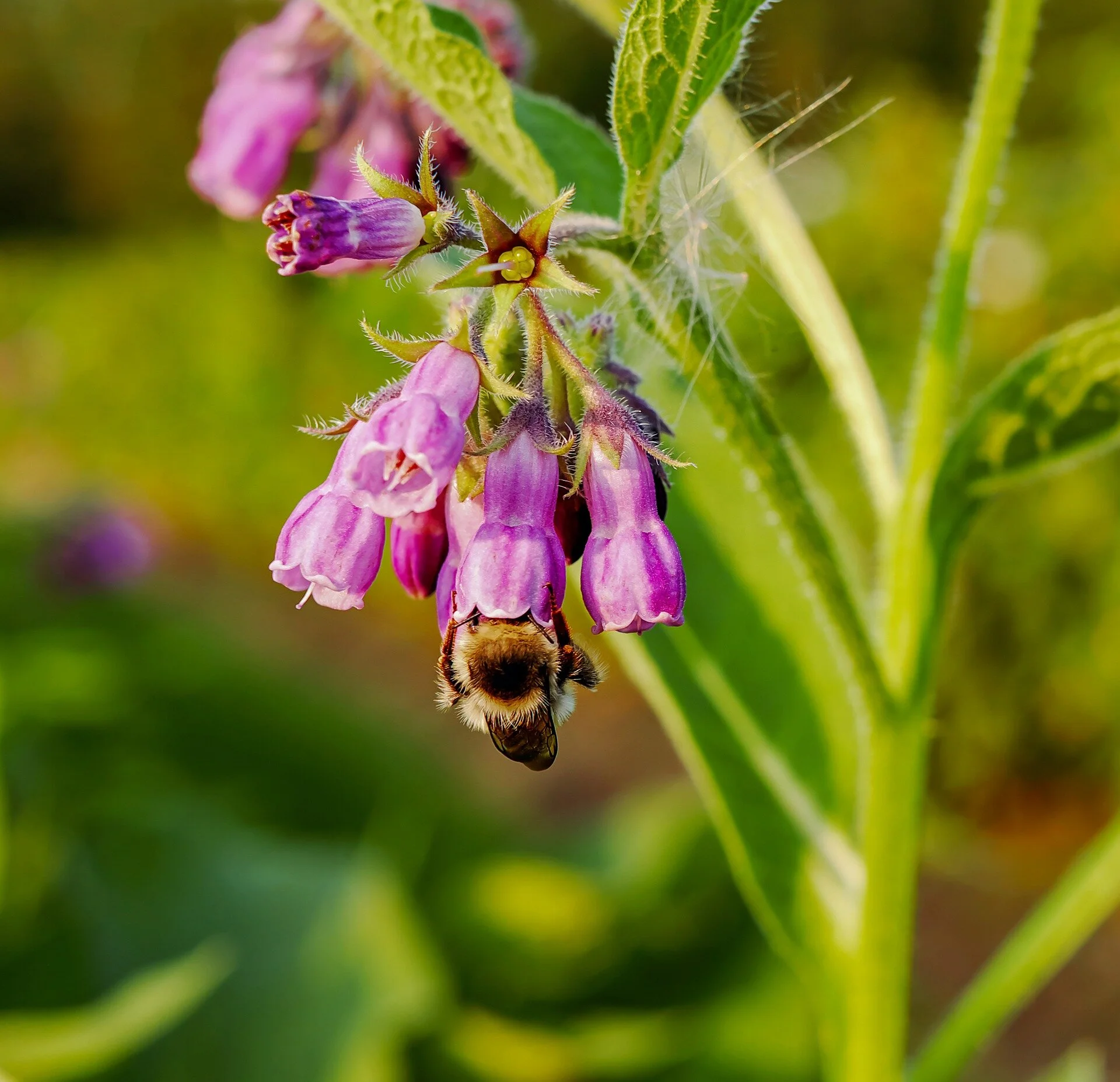







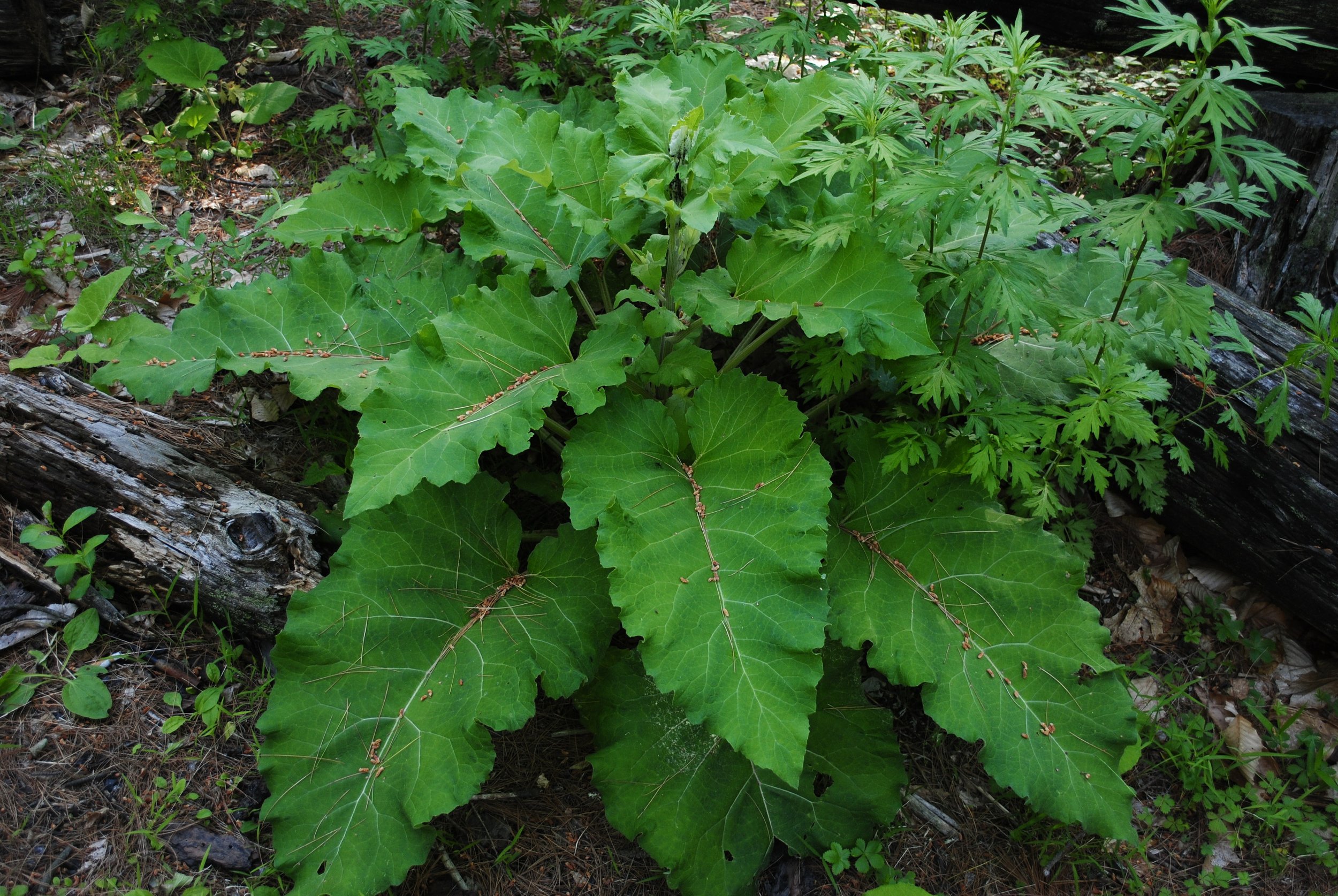
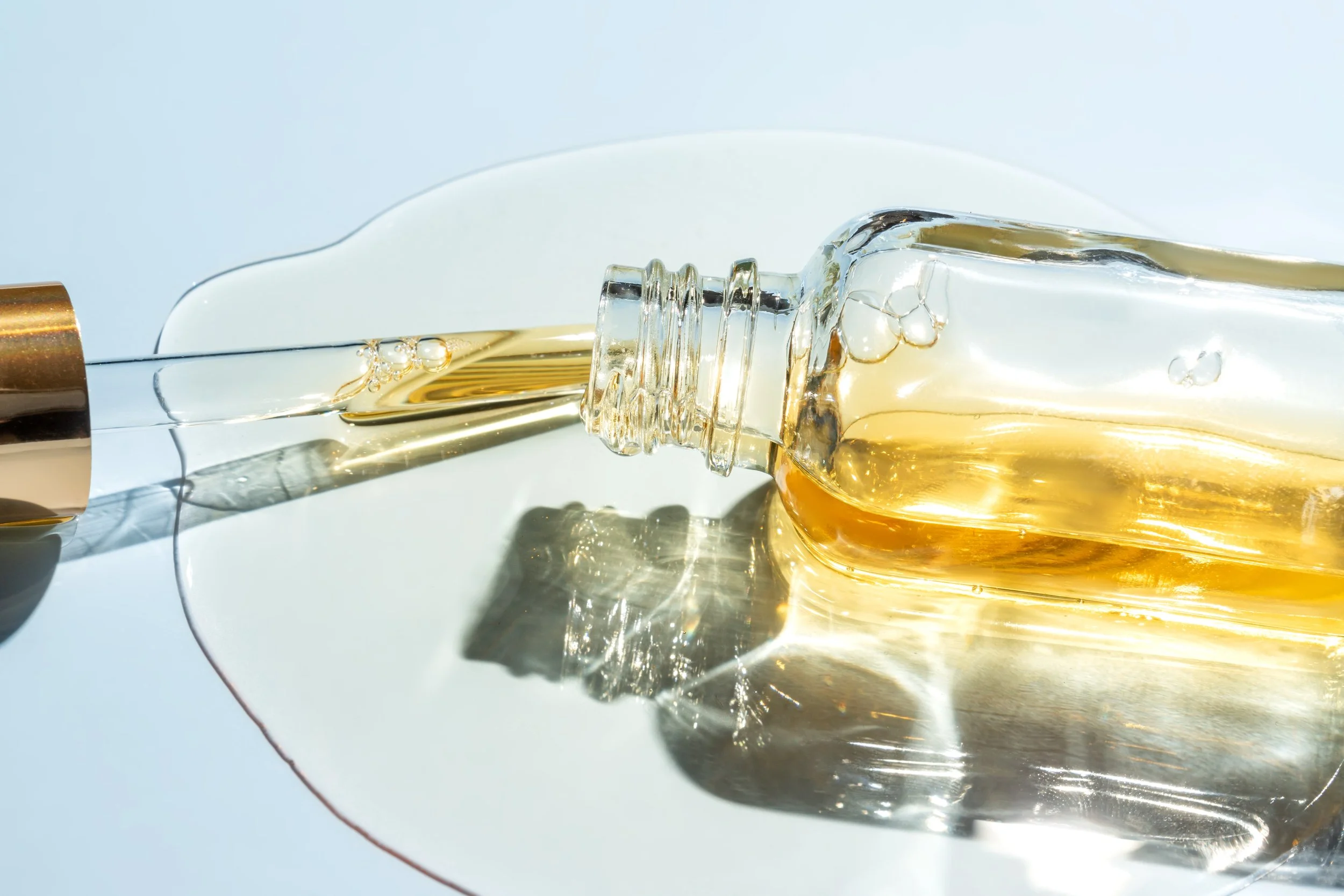
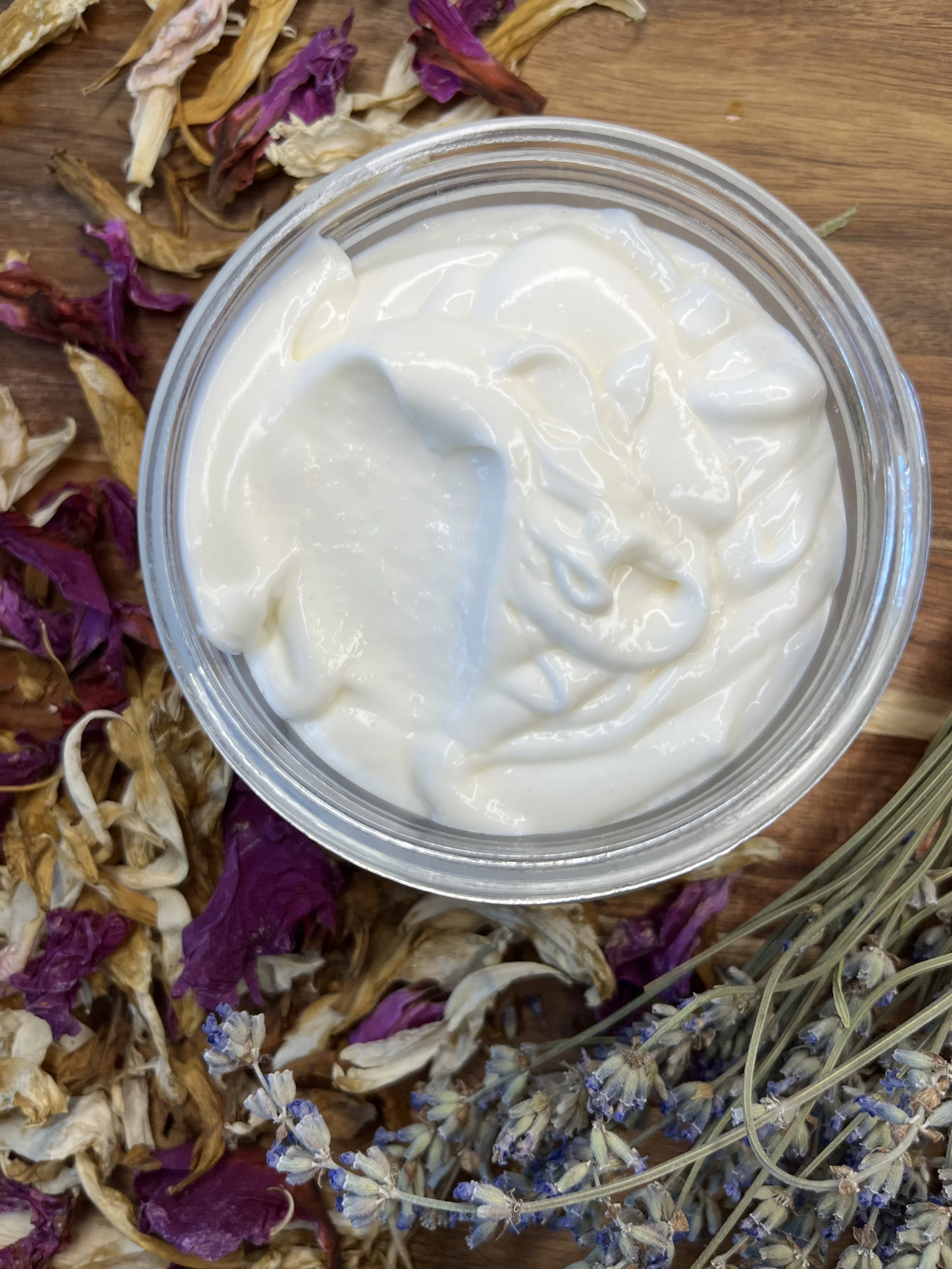
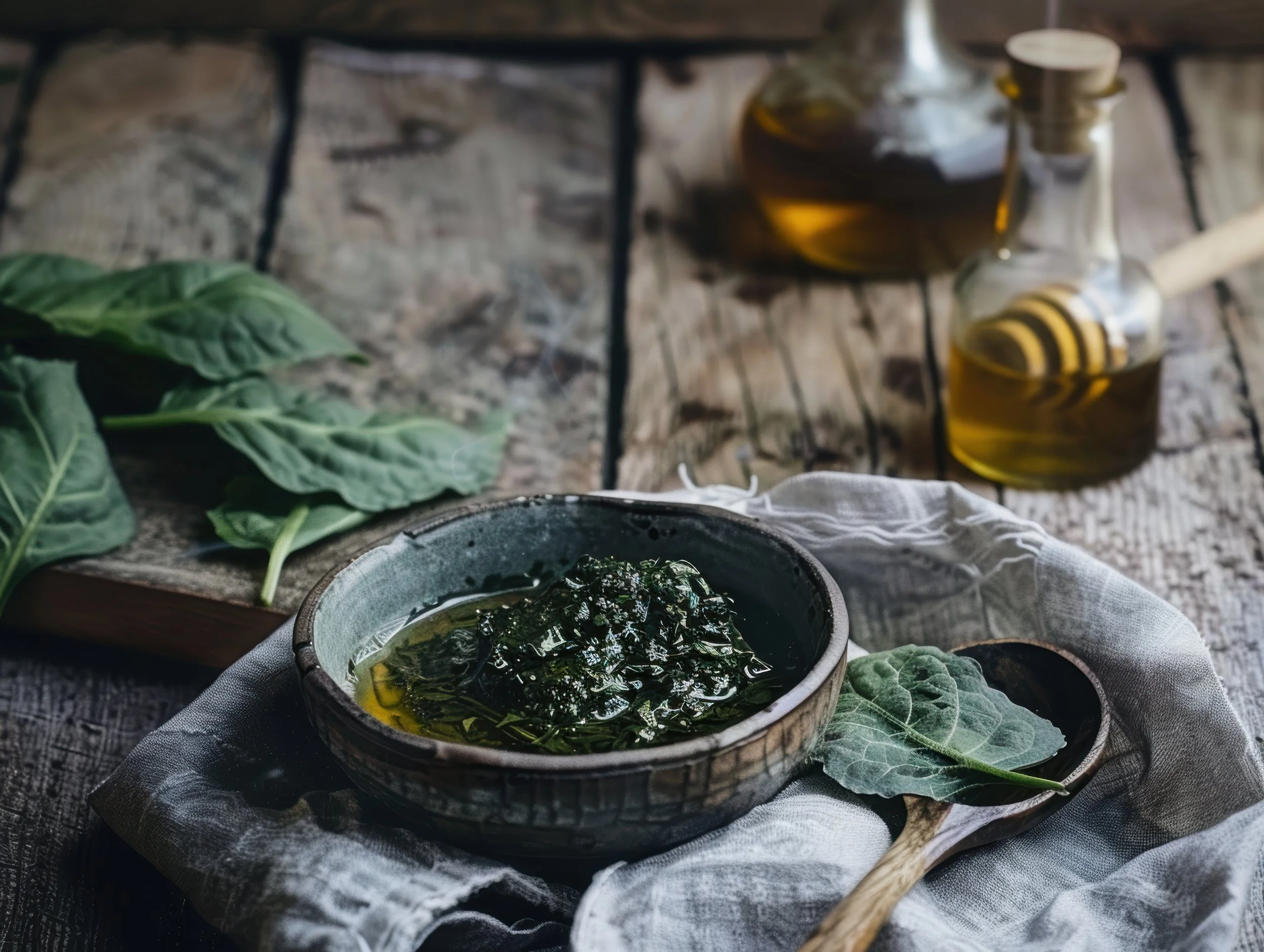




Hello and welcome! I'm Eve, a Chemist turned Herbalist, sharing the wonders of plant medicine and botanical skincare. Join me on this journey to Learn, Create, and Align your Divine!